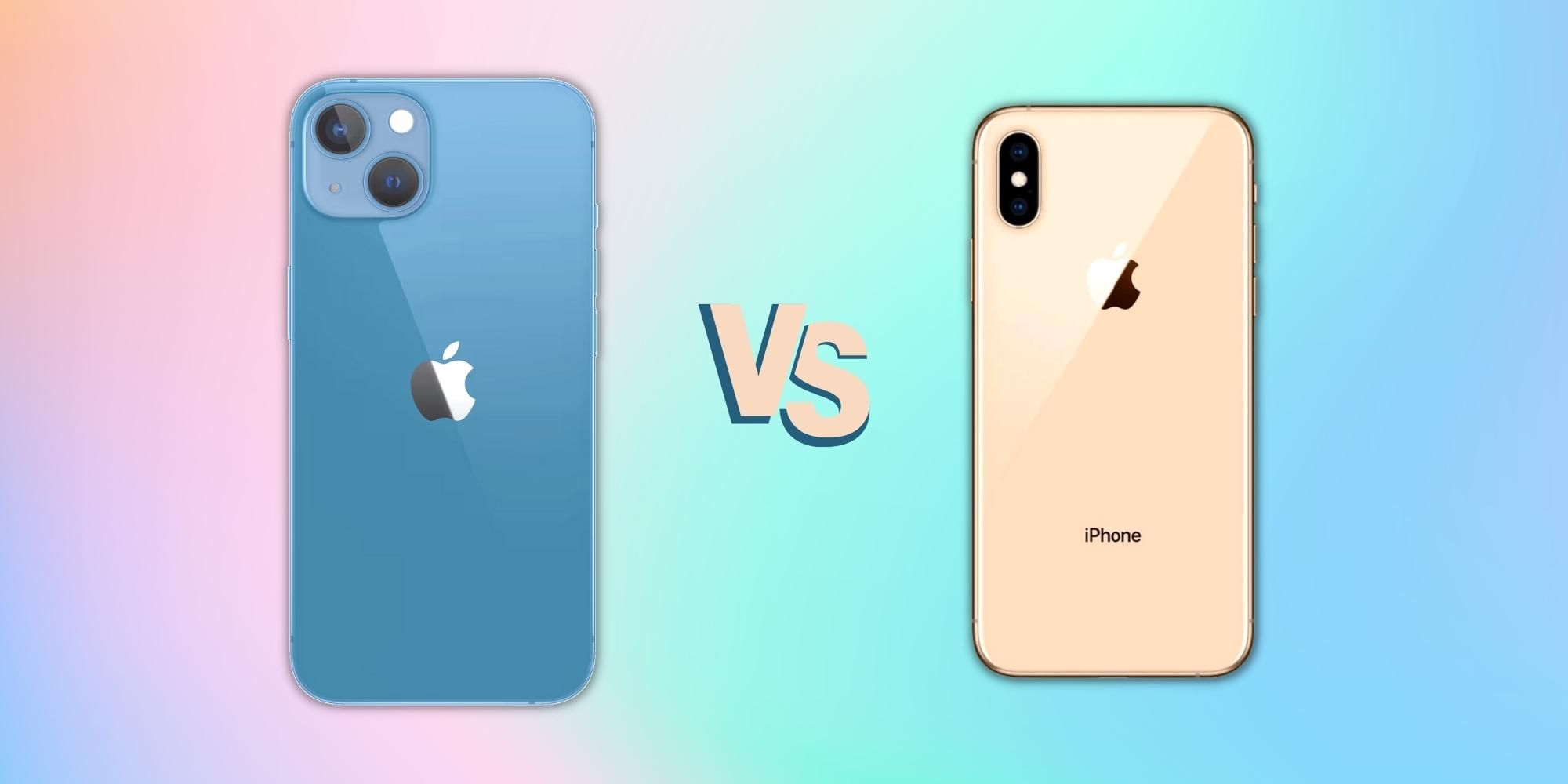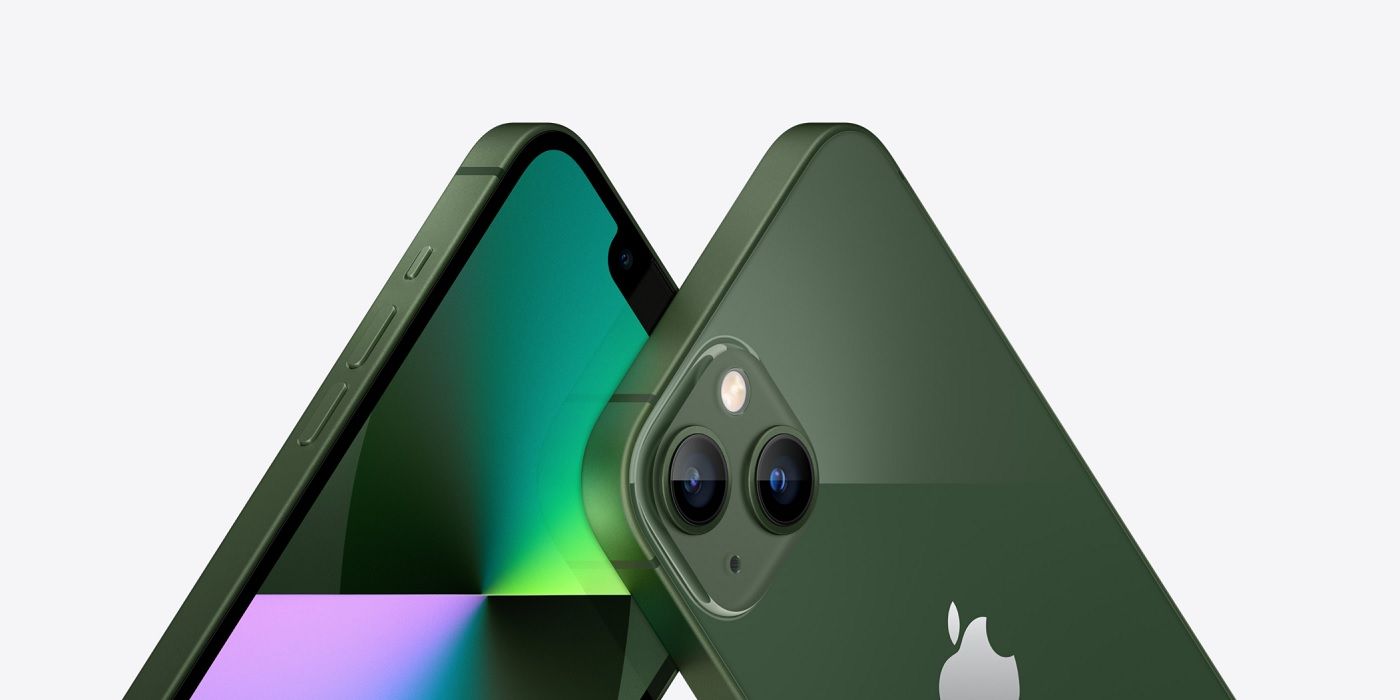The iPhone X was not only the first Apple smartphone to feature an edge-to-edge display, but also the first to flaunt the iconic notch, so how much have things changed with the iPhone 13? The iPhone X was Apple's 'one more thing' during the company's September event in 2017. After wrapping up the presentation for the iPhone 8 and iPhone 8 Plus, Tim Cook started talking about a model that would be "the future of the smartphone" and "will set the path of technology for the next decade".
Cook was, in fact, right. Since the iPhone X, many flagship iPhones have featured a notch at the top. Although the company has managed to minimize the bezels to some extent, the large housing on top of the display remained identical for nearly three years and up until Apple reduced the size on the iPhone 13. That being said, does the iPhone X stand a chance against the iPhone 13 which was launched five years later?
The iPhone X has a crisp 5.8-inch Super Retina display with a resolution of 458 PPI. In contrast, the latest iPhone 13 comes with a slightly larger 6.1-inch Super Retina XDR display with a pixel density of 460 PPI. While both the smartphones feature an OLED panel that produces deep blacks and support True Tone technology, the newer iPhone has Extreme Dynamic Range which makes the viewing experience even better. However, the iPhone X does have 3D Touch that was discontinued with the iPhone 11. While the iPhone 13 and iPhone X may look similar at the outset, closer inspection reveals a significant difference in the design language of both smartphones. For example, while the iPhone X has rounded edges, the iPhone 13 has flat edges that give it a boxy finish.
iPhone 13 Has A Better Camera And Processor
The notch is the single unifying factor between the two iPhones. With iPhone X, Apple introduced Face ID which uses a combination of an infrared camera and dot projectors to help users unlock their device. The iPhone 13 also features the same technology, albeit, in a relatively smaller notch that also houses a better 12MP (f/2.2) front camera that captures a wider field of view than the 7MP (f/2.2) camera on the iPhone X. Comparing the main camera system of these smartphones, the five-year-old iPhone X is equipped with a 12MP (f/1.8) wide-angle lens and another 12MP (f/2.4) telephoto lens with 2x optical zoom. While Apple has improved the primary camera on the iPhone 13 to perform better in low light conditions, it retains the 12MP primary sensor. Instead of a zoom lens, users now get a 12MP (f/2.4) ultra-wide lens. The new iPhone also features Cinematic mode, ProRes for videographers, and takes better photographs due to software optimizations. Both smartphones can record videos 4K videos at up to 60 frames per second.
The biggest difference between the two smartphones is the performance. In 2017, the iPhone X with its Apple A11 Bionic chipset was among the most powerful smartphones in the world. With a maximum clock speed of 2.3 GHz and a three-core graphics engine, the processor in the iPhone X is still able to handle the latest iOS 15 without flinching. However, it is nowhere close to Apple's latest A15 Bionic chipset. The new iPhone performs almost three times better in AnTuTu benchmarks and over two times better in Geekbench's multi-core performance test. Thanks to the new chip, the iPhone 13 supports 5G connectivity, can handle higher screen refresh rates, and draws less power.
In terms of battery life, the iPhone X comes with a 2,716 mAh battery that supports 15W wired charging. The baseline iPhone 13 comes with a 3,240 mAh battery that supports up to 20W wired charging. The greater battery capacity, along with the hardware and software optimizations, allows the iPhone 13 to offer up to 19 hours of video playback and up to 15 hours of video streaming, which is better than the iPhone X. In addition, the iPhone X features an IP67 rating compared to the IP68 rating of the iPhone 13. Both the iPhone 13 and iPhone X have stereo speakers and NFC for making contactless payments. They charge via the same Lightning port and have Bluetooth 5.0. Given that the iPhone X should be eligible for at least two or three more years of iOS updates, current users can hold on to the phone for a while longer, providing 5G or better performance is not an immediate requirement.


